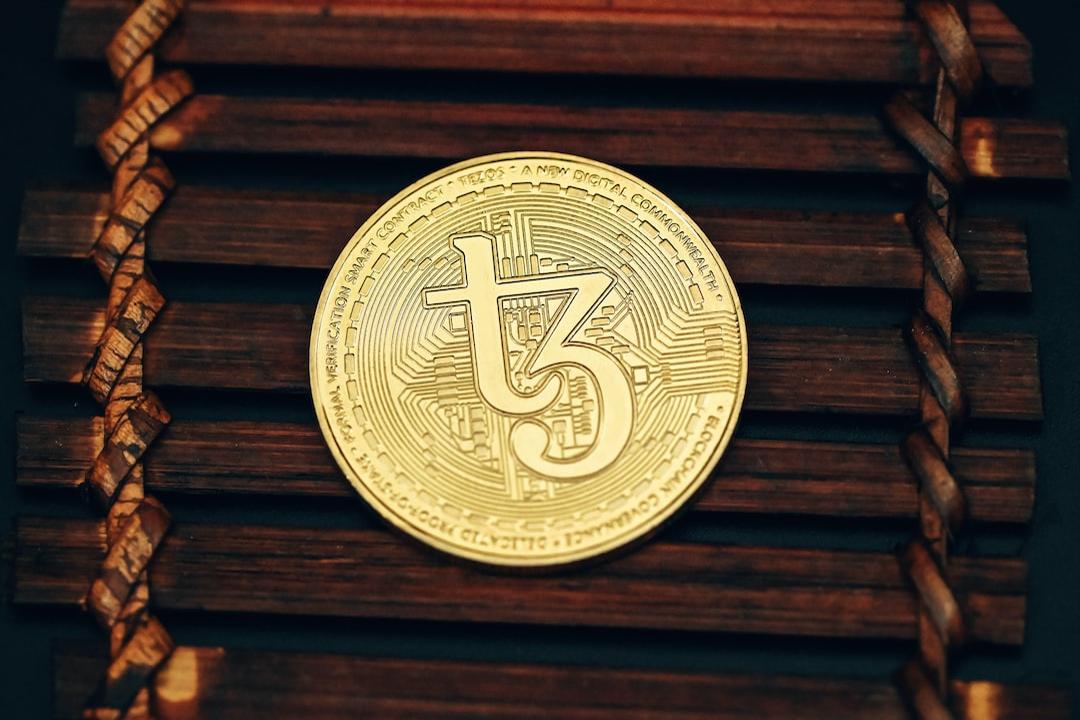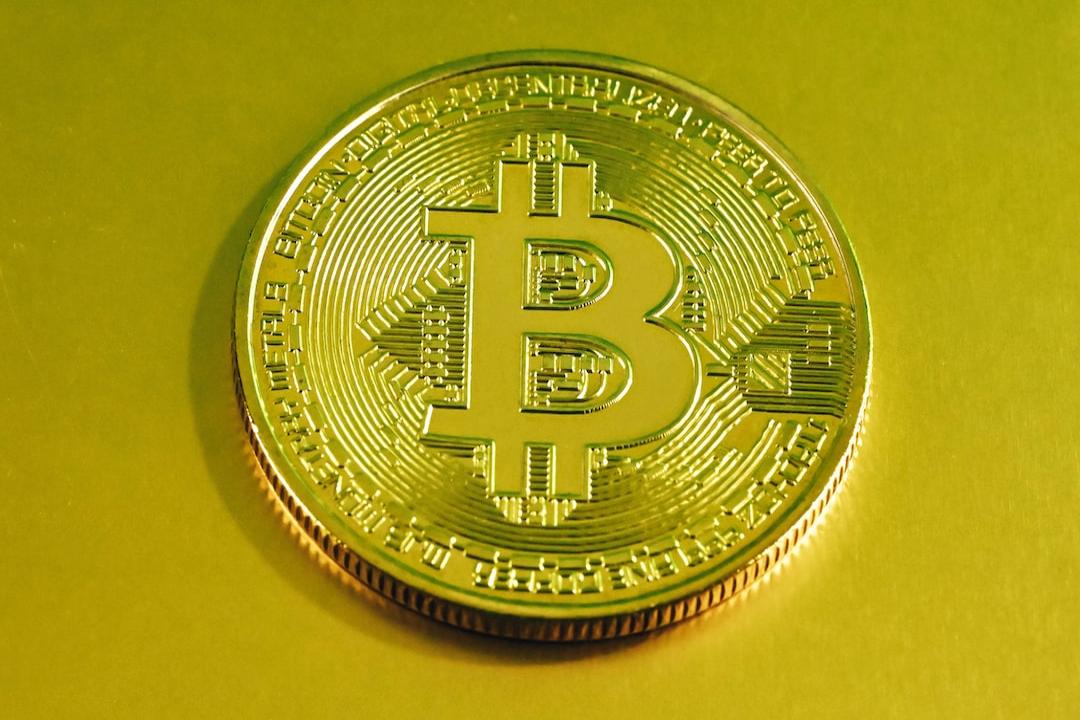Ethereum in the Bull Market
As the bull market enters the season of altcoins, time seems to be running out for ETH. Since the beginning of this rally cycle in late 2023, Ethereum’s performance has been closely watched.
However, ETH seems to have underperformed expectations over the past year. In terms of price gains, the maximum increase since October 2023 is only 170%, and it has struggled to break through the $4,000 mark.
On the other hand, BTC has seen a maximum increase of over 300% during the same period, and SOL has surged by over 1300%. Many believe that this is an opportunity for altcoins, but Ethereum’s momentum is clearly not strong enough, especially with several established altcoins experiencing significant gains recently.
Is Ethereum, the king of public chains, being undervalued or performing normally based on objective data? Can it still hold its ground despite its age?
Stagnant On-chain Data for a Year
From on-chain data, PANews can observe that Ethereum has not shown significant growth, nor has it declined, over the past year.
Daily transaction count is an important indicator of activity. Looking at the chart of Ethereum’s daily transaction count over the past year, it shows a stable pattern with slight fluctuations, resembling an electrocardiogram.
On December 8, 2023, the total transaction volume on the Ethereum mainnet was 1.18 million, and after a year, on December 8, 2024, it was 1.22 million, almost flat. The only brief increase occurred in January 2024, reaching 1.96 million. For the rest of the time, it remained between 1 million and 1.3 million.

The trend of gas fees also reflects the level of on-chain activity. From late 2023 to early 2024, Ethereum’s gas fees remained at a relatively high level, averaging above 40 Gwei and reaching around 100 Gwei at the highest point. However, with the rise of new public chains like Solana, a significant decrease in Ethereum’s gas fees can be observed on the chart, especially from July to September, when the fees dropped to as low as 0.3 Gwei.
Although there has been a recent recovery, the overall gas fees have remained below 20 Gwei. Initially, Layer 2 solutions gained popularity due to the high gas fees on the Ethereum mainnet. Now that Ethereum’s gas fees have finally decreased, it seems that users have gone elsewhere. In other words, Ethereum’s fees have only come down after users have left.
Active addresses show a similar pattern to the curve of daily transaction counts. According to Ethereum browser data, the number of active Ethereum addresses and ERC20 addresses has not shown significant growth and has remained at a similar level as before the bull market started.
User Flow to L2, Funds Stay on L1
Where have Ethereum’s users gone? Looking at the weekly on-chain activity data, about a year ago, Ethereum’s active addresses accounted for approximately 50% of all Layer 2 addresses. However, over time, the number of active addresses on Layer 2 has been on the rise, while the proportion of active addresses on the Ethereum mainnet has decreased to around 24% of the total on Layer 2.

Looking at the performance of each chain individually, Ethereum mainnet was the most active chain in December 2023, accounting for about 32.48% of the total. By December 2024, Base had become the most active chain, accounting for 50%, with Ethereum mainnet in second place at 19%, and Arbitrum in third at 9.2%.

However, in terms of Total Value Locked (TVL), the Ethereum mainnet still seems to be the top choice for large-scale investors. Looking at the total amount of stablecoins locked on-chain, Ethereum mainnet accounted for about 95% in December last year, and although it has slightly decreased, it still holds about 91% of the total.
Moreover, TVL data is the only clear indicator that has shown significant growth on the Ethereum mainnet in the past year. In December 2023, the TVL on Ethereum mainnet was approximately $28.8 billion, and by December 2024, it had risen to around $77.5 billion. This represents a growth rate of 2.69 times, which exceeds the growth rate of Ethereum’s price. Among Layer 2 solutions, Arbitrum and Base rank second and third in terms of TVL for stablecoins.

In terms of revenue, the Ethereum mainnet is also the most profitable chain within the Ethereum ecosystem. Over the past year, Ethereum’s revenue has consistently accounted for over 80% and as of December 8, it was 92%. Base chain has become the second highest revenue-generating chain within the Ethereum ecosystem.

Although Ethereum’s on-chain activity has declined, its market capitalization has stayed around 98%. Despite the decrease in market activity, the proportion of market capitalization remains consistent with TVL. In terms of the overall cryptocurrency market, Ethereum’s market capitalization has continuously decreased over the past year and currently stands at only around 13.4%.

However, considering the growth in TVL, most large-scale investors still choose to keep their funds on the Ethereum mainnet. Comparing the ratio of total TVL to the number of active users, Ethereum mainnet’s ratio is $178,700, Base is around $3,315, and Solana is around $1,972. From this perspective, Ethereum’s individual user value still remains the highest in the network.
Uniswap’s Exodus as a Bigger Concern
Based on various data, Uniswap is currently the undisputed largest application on Ethereum. In terms of DEX activity, UniswapV2 and V3 account for over 97% of the total trading volume on the Ethereum mainnet. Uniswap has also consistently topped the Ethereum burn leaderboard. As of December 9, Uniswap burned a total of 6,372 ETH in the past 30 days, while Ethereum transfers burned only 4,594 ETH.
Once Uniswap migrates most of its trading activity to its own chain, the on-chain activity and burn volume on the Ethereum mainnet may decrease significantly. According to Forbes, validators on the Ethereum network could lose an estimated $400 to $500 million in annual revenue as Uniswap transitions to its own chain. However, the more severe threat is that this undermines Ethereum’s fundamental narrative as a deflationary currency.
Uniswap’s router is the largest account consuming gas fees, accounting for 14.5% of Ethereum’s gas fees, equivalent to burning approximately $1.6 billion worth of ETH.

Summarizing the above indicators, we can draw the following conclusions. The on-chain activity of the Ethereum mainnet has not shown any growth in the past year, and its proportion within the entire Ethereum ecosystem has gradually declined. This suggests that new users are mostly choosing other Layer 2 solutions or other public chains (after all, emerging public chains like Solana, Sui, and Aptos have shown high-speed growth in these data).
Therefore, to return to the initial topic, has Ethereum’s fundamentals undergone a significant change? Is the price of ETH undervalued?
Based on the above data, it seems that the Ethereum mainnet is transforming into a pool for large-scale investors and main players. Even with a significant decrease in gas fees, it still cannot compete with Layer 2 solutions or other public chains in terms of transaction fees and speed.
Therefore, the Ethereum mainnet is no longer a club for retail investors. It is not suitable for trending sectors like MEME, which rely on community size. Instead, it is more suitable for players who prioritize asset security over transaction frequency. From this perspective, we can only say that the role of the Ethereum mainnet’s ecosystem is undergoing a transformation, with liquidity and security becoming its final moat.
This article is a collaboration and reprinted from: DeepChain.

